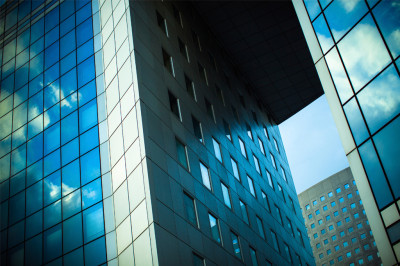Clients often ask, “How many square meters per person should we target for our workplace accommodation?”
This is an important question since you’ve probably heard that you can achieve great space savings with Activity Based Workplace as you squeeze down to 10 square meters per person. Some organizations even push for 7 square meters or 8 square meters per person.
Plus: Why we shouldn’t take the place out of workplace | WeWork raises the bar for workplaces
The Australian Government has a target of 13 square meters per work point (note: work point not person). But this excludes special operational requirements areas. Colliers International’s research shows that average densities have declined from 27 square meters per person in 1992 down 18 square meters per person in 2012. Thus, the trend is definitely to increase density.
Also: Why corporates don’t want a corporate workspace anymore | Will data transparency disrupt CRE?
So, what does this mean for your workplace? There are some critical considerations here:
Don’t mix up density per person with density per work point.
In activity-based work environments there may be 100 people sharing 80 work points. And you may have heard statistics saying you can comfortably achieve a density below 10 square meters per person. In fact, the real density per work point is generally more like 12 square meters per work point.
There is a limit.
It’s all very well to target 7 square meters per person: You’ll certainly save a heap of real estate costs! But most buildings are designed for 10 square meters per person plus work point. That means the fire-stairs, amenities and services can handle that density. Increase the density, and you can get into significant additional expense to upgrade services and fire-protection systems. And the building fire-stairs may not be able to handle the additional people.
Don’t lose sight of the main game.
Square meters per person are a good rule of thumb to start with, but it shouldn’t be the only thing. The most important factor is productivity per person. If you can make someone more productive by giving them a bit more space, do it. You’ll contribute more to the bottom line than savings on your overall real estate footprint.
So, taking all of this in account, we suggest a density of 12 square meters per work point. It’s a good target density for a typical CBD occupier, and you won’t sacrifice productivity for the sake of a few square meters.
As National Director of Workplace Strategy and Design for Colliers International in Australia, Peter is a workplace strategist and qualified architect with over 25 years’ experience in workplace and base building design, working with clients ranging from Bauer Media Group, AT Kearney, Ricoh, ANZ Bank and Citrix.

 Colliers Insights Team
Colliers Insights Team


 Coy Davidson
Coy Davidson